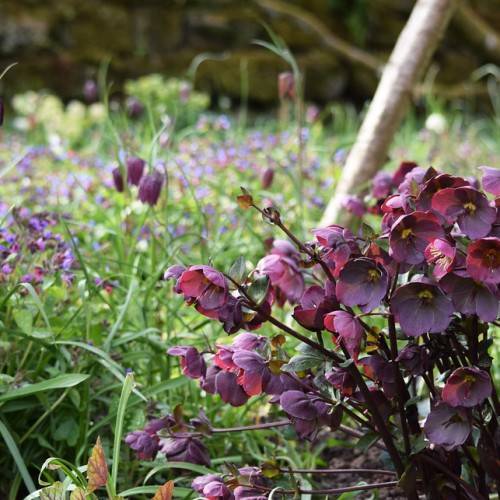
hellebore
Helleborus 'Mardi Gras Double Mix'
Cycle:
Herbaceous Perennial
Watering:
Average
Hardiness Zone:
5 - 9
Flowers:
Flowers
Sun:
Part shade,full shade
Leaf:
Yes
Growth Rate:
Low
Maintenance:
Low
Salt Tolerant:
Yes
Care Level:
Moderate
watering
Hellebore plants should be watered when the soil feels dry to the touch and the leaves start to droop. During the growing season, you should water the plants about once or twice a week. Then in the winter, water the plants only when necessary—about once or twice a month should be enough. When watering the plant, make sure to keep the leaves dry. You should also avoid over-watering as it can damage the roots and leaves. Aim to water the soil until it is slightly moist and do this until you can start to see water draining from the bottom of the pot.
sunlight
For the hellebore (Helleborus 'Mardi Gras Double Mix') species of plant, the ideal amount of sunlight is at least 4 hours of direct sunlight per day. It should ideally be placed in an area that receives morning sun followed by late afternoon and early evening shade. This species of hellebore is best grown in USDA zones 5-9 and is tolerant of partial shade or light shade even when grown in full sun. Avoid full shade, however, as this plant requires some direct sunlight for best flowering. If exposed to full shade, the flowers will not appear and the foliage is likely to suffer from disease.
pruning
Hellebores (Helleborus 'Mardi Gras Double Mix') should be pruned in late winter or early spring. All flower stems should be removed to the ground, and all dead and diseased foliage should also be removed. Prune any overcrowded or straggly stems back to the nearest healthy growth. However, it is important to avoid pruning more than 1-third of the plant’s foliage.
